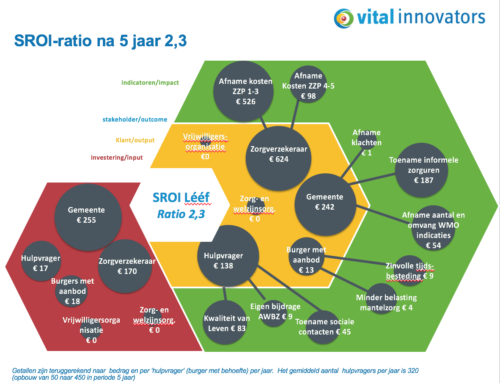The intention
The COSMIC study was set up because there is no consensus regarding the appropriate treatment in patients with central cord syndrome without evidence of spinal injury. One central cord syndrome is a condition in which patients develop a partial spinal cord injury during trauma, where they have more motor loss in the arms than in the legs, sensory failure below the level of the lesion, and/or bladder function disorders.
It has been found that this form of spinal cord injury (partly) can recover spontaneously, but secondary neurological deterioration can also occur due to progression of compression on the myelum due to e.g. edema. To prevent this, a preventive cervical decompression can be performed. However, surgery is risky and not always necessary given the possible spontaneous recovery. So the question is whether it is better to wait or operate.
The aim of the study was to determine whether conservative treatment, which was propagated in the past and is still adhered to, has a clinical outcome similar to early surgical decompression. The theoretical advantage of early surgical decompression would be that it prevents secondary damage after some form of spinal cord injury due to neck trauma., where damage to the cervical spine is not radiologically visible.
The approach
Spinal cord injury patients participating in this study were randomized to either a conservative or operative group. Importantly, there was no evidence of osseous or ligament injury on MRI or CT. The patient in the operative group were in 24 operated on hours after the trauma. The patients were then followed up for two years in which we looked at the daily functioning of both patient groups. The hope was to gain insight into which patient group has a better functional outcome two years after the trauma.
The result
To investigate this, it was decided to conduct a multi-center randomized study. After a year and a half, only one patient was found who was eligible for this study. Each year, the researchers had hoped for around 20 to include patients. All people who initially appeared to be eligible were nevertheless excluded based on the findings on the MRI or CT. The main cause is that the inclusion criterion of central cord lesion without radiologically visible damage to the cervical spine occurs very rarely. (due to abnormalities on MRI or high-resolution CT), while this should come up more often in the old literature.
The lessons
The lesson is that old definitions must be correlated with the state of science and in this case the quality of radiological research at the time.. Then it must be checked whether there are no other techniques in this time that suddenly make things visible or definitions no longer apply.
The design of the study was therefore to test the advantages of a scenario, that hardly occurred anymore due to the rapid improvement of radiological equipment.
OTHER BRILLIANT FAILURES
Who finances lifestyle in cardiac rehabilitation?
Beware of the chicken-egg problem. When parties are excited, but first ask for proof, check carefully whether you have the means to provide that burden of proof. And projects aimed at prevention are always difficult, [...]
Brilliant Failure Award Healthcare – 20 to stop coming up with new advice 2024
Wednesday 20 In November, the Brilliant Failure Awards for Healthcare will be organized for the tenth time by the Institute for Brilliant Failures.
Brilliant Failure Award Healthcare – 20 to stop coming up with new advice 2024
Wednesday 20 In November, the Brilliant Failure Awards for Healthcare will be organized for the tenth time by the Institute for Brilliant Failures.











